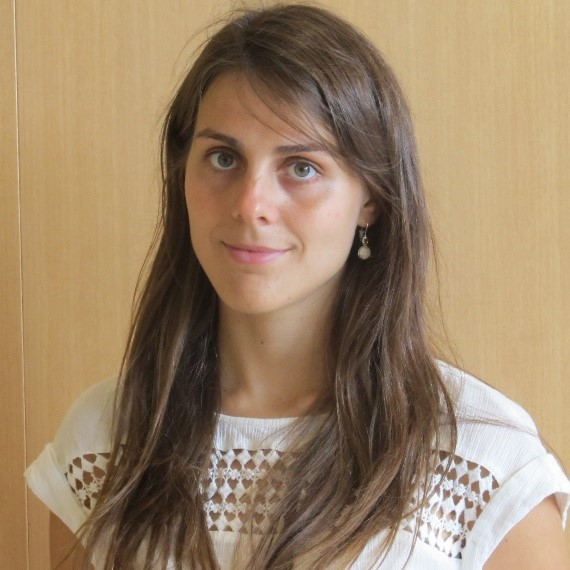
Clémence Idoux is a PhD student in the Department of Economics at MIT. Her research interests include topics in labor economics, market design, and the economics of education. Clémence graduated from Bocconi University in Milan Italy in 2015 with a master in economics, and before joining the School Effectiveness and Inequality Initiative (SEII) she worked as a research assistant at Bocconi University studying intra-firm labor markets and the political economy of innovation.
She is currently involved in research that explores the heterogeneity in effectiveness of selective high schools in Boston as well as a project on the effectiveness of integration policies in New York city.
What initially led you to study the relationship of economics and education equity?
Economists have long documented important economic returns to education: each year of additional schooling raises earnings by about 6-10%. These are extremely high returns and they have been more or less constant over time. More recent research has also emphasized that, not only the number of years spent in school matters, but also that students’ differences in academic performance translate in differences in earnings later on.
At the same time, not every school seems to be as effective at raising students’ test scores and graduation prospects. Hence, understanding how to improve the education opportunity of more disadvantaged children could be an important step to reduce earnings inequality. The fact that more and better data is now available provides a great opportunity to apply economic theory to deepen my knowledge on these questions that I find both fascinating and crucial.
What policies have you seen that help ensure equitable education for all children?
Guaranteeing equitable and quality education has been a focus of policy makers, resulting in numerous initiatives in schools’ districts across America. It seems thus ambitious to attempt to make an exhaustive list and to decide which ones have proved to work out since there is still a lot of debate both among academics and policy makers on the most effective approaches.
One of the latest development I find particularly interesting is the emphasis and research around the effect of school choice. Most districts have centralized school assignment allowing children to select schools that are not necessarily close to their home. One of the ideas behind school choice is to increase disadvantaged kids access to better schools. Whether this worked out is an open question. A working paper by SEII shows that parents seem to favor schools with high achieving peers over truly effective ones. It thus seems important to understand how districts might want to design their school assignment system to achieve overall better academic outcomes and reduce inequality in schooling opportunity given families’ preferences. That passes through analyzing, among other things, the effect of integration plans and of changes in admission rules at selective schools. In my own research, I have been interested in how to design admission rules to Boston selective high schools to favor students who would benefit most from attending these schools.
What is your favorite thing about being at MIT?
As a graduate student, MIT is an incredible place to learn new things. It gives me the opportunity to work with so many interesting and knowledgeable people, both professors and fellow students. Moreover, the SEII lab, which I am part of, has long term partnerships with several large school districts (Boston, New York, Chicago etc.). It makes it easier for students to obtain high quality and interesting data to conduct their research. It also allows our team to connect with policy makers who have different perspectives and concerns than academics, which is very formative and stimulating.